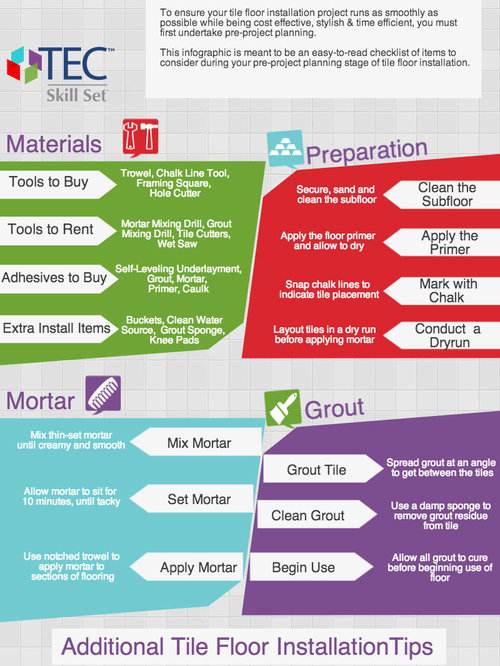Discover Essential Suggestions For Budgeting Your Floor Covering Task Effectively, Yet Beware Of Concealed Expenses That Can Derail Your Plans
Discover Essential Suggestions For Budgeting Your Floor Covering Task Effectively, Yet Beware Of Concealed Expenses That Can Derail Your Plans
Blog Article
Developed By-Leach Carr
When you're intending a floor covering task, budgeting isn't nearly picking a number; it has to do with understanding what you absolutely need and the expenses entailed. You'll intend to assess your certain requirements, research study various materials, and anticipate unanticipated expenditures. Consider how aspects like area function and installment approaches can influence your budget plan. But prior to you jump in, there are some crucial information you could forget that could considerably influence your general costs. Let's discover how to navigate these intricacies and guarantee your job remains on track.
Assessing Your Floor Covering Needs
Before diving into your flooring job, it's critical to evaluate your flooring needs. Start by thinking about the specific areas where you prepare to mount new flooring. Consider the purpose of each room. As an example, kitchens and bathrooms need water-resistant products, while living locations might benefit from comfort and appearances.
Next off, evaluate the status quo of your floors. Are there any structural concerns, such as irregular surface areas or dampness issues? Attending to these issues early can save you money and time down the line.
Also, keep in mind of the measurements of each space to identify how much floor covering you'll require.
Do not forget to consider your way of life. If you have family pets or young youngsters, sturdiness could be your leading concern, while a much more official area may ask for an extravagant finish. Additionally, consider your layout preferences. Do you choose a traditional appearance, or are you drawn to modern designs?
Last but not least, be sensible regarding how much maintenance you're willing to commit to. Some materials call for even more maintenance than others. By comprehending your needs plainly, you'll be better geared up to make enlightened choices as you move on with your floor covering task.
Estimating Costs and Products
Approximating prices and products is a pivotal step in your flooring task that can dramatically affect your total budget plan. Beginning by measuring your area accurately to determine how much flooring you'll need. For a lot of materials, you'll locate rates by square foot, so accumulate quotes from different distributors to obtain a sensible number.
Next off, take into consideration the type of flooring you desire. Options like wood, laminate, tile, or rug all featured various rate factors. Research the prices for every and consider any kind of additional products like underlayment, adhesive, or transition strips.
Do not fail to remember to consist of tools if you're preparing a do it yourself setup, as renting or acquiring tools can add to your costs.
Labor costs are an additional essential consideration. If you're working with experts, get quotes from multiple service providers to ensure you're obtaining a fair cost. Be clear about the scope of work to avoid unexpected charges later on.
Lastly, it's wise to allot a tiny portion of your allocate any type of unexpected expenses related to materials. By thoroughly approximating your prices and products upfront, you'll establish on your own up for a smoother and more manageable floor covering task.
Planning for Hidden Expenses
Several property owners ignore the covert expenditures that can develop throughout a floor covering task, which can lead to budget plan overruns. To prevent this, you require to plan for potential added expenses.
First, consider the problem of your existing subfloor. If it's harmed or unequal, you'll likely need fixings or leveling, which can add substantially to your overall expense.
Next off, think about removal and disposal costs for your old flooring. view it now providers bill extra for this service, so factor that into your budget plan.
Furthermore, don't forget the costs of underlayment, which may not be included in the initial quote but are crucial for an effective installment.
You ought to additionally get ready for unanticipated issues, such as plumbing or electrical job if your flooring project includes relocating components. It's smart to allot a minimum of 10-15% of your overall allocate these unexpected expenditures.
Finally, remember that licenses may be needed for sure setups. Constantly inspect local guidelines to prevent fines or hold-ups.
Conclusion
In conclusion, budgeting for your floor covering task is important for a successful result. By assessing your requirements, approximating prices, and preparation for covert costs, you'll avoid surprises and remain on track. Bear in mind to reserve a part of your budget for unforeseen prices and keep an in-depth failure of your expenses. With careful preparation and consideration, you'll create an attractive space that meets your demands without breaking the financial institution. Pleased floor covering!
